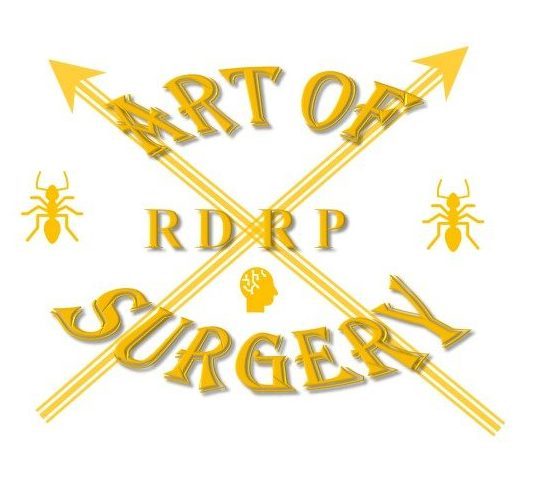NICE Guidelines dyspepsia/GORD/PPIs

NICE Guidelines – Managing uninvestigated dyspepsia in adults (2019)
– Offer H Pylori test 2-weeks after stopping PPI use with a breath test (carbon-13 urea) or a stool antigen test
o If they test positive, offer a 7-day, twice-daily course of
§ PPI
§ Amoxicillin
§ Either Clarithromycin or Metronidazole
o If Penicillin allergic
§ PPI + Clarithromycin + Metronidazole
o If they are still symptomatic after 1st course, give another course using the OTHER option of Clarithromycin or Metronidazole
– Offer empirical full-dose PPE therapy for 4 weeks
o Omeprazole 20mg OD
o Lansoprazole 30mg OD
o Esomeprazole 20mg OD
o Pantoprazole 40mg OD
– IF symptoms continue or recur after 4 weeks
o Step down PPI to lower dose and use on as-needed basis
o Offer H2RA therapy if inadeqauately controlled by PPI
NICE Guidelines Dyspepsia and GORD in adults (Oct 2019)
Immediate referral if dyspepsia with significant acute GI bleeding (same day)
If symptoms suggestive of cancer, refer via suspected cancer pathway
Medication review:
Dyspepsia can be caused by
– Calcium antagonists
– Nitrates
– Theophyllines
– Bisphosphonates
– Corticosteroids
– NSAIDs
Consider cardiac or biliary disease as part of differential diagonoses
NB. Peptest: new saliva or sputum test to detect Pepsin
– Sensitivity 33%
– Specificity 100% !!!
– PPV 100% !!!
– NPV 14%
Management
Lifestyle advice
– Advice on healthy eating
– Weight reduction
– Stopping smoking
– Avoid precipitants (includes smoking, alcohol, coffee, chocolate, fatty foods and being overweight)
– Raising the head of the bed and having a main meal well before going to bed helps
Encourage people to use the lowest dose possible and trial on a ‘as-needed’ basis
Avoid long-term, frequent-dose, continuous antacid therapy
When to refer to a specialist:
– Persons of any age with GOR that are non-responsive to treatment or are unexplained
– Suspected GORD considering surgery
– H Pylori that hasn’t responded to second-line therapy
Surveillance for people with Barret’s oesophagus
– Presence of dysplasia
– Person’s individual preference
– Personal risk factors (male gender, older age, length of Barrett’s segment)
– Emphasise that risk of OGDs can exceed the low risk of progression to cancer (eg. stable non-dysplastic Barrett’s)
